Designer Glorinah Khutso Mabaso is the owner and creative director of Renaissance Design, a multidisciplinary creative agency that specialises in the conceptualising and design of modern and ancient African-inspired patterns for various brands. The projects she has worked on have extended into interior design, fashion, product design and custom design services for corporate and hospitality brands. We met her at the launch of Aranda Textiles' My Africa range, for which she designed incredible patterns inspired by the hairstyles of Namibian Himba women.
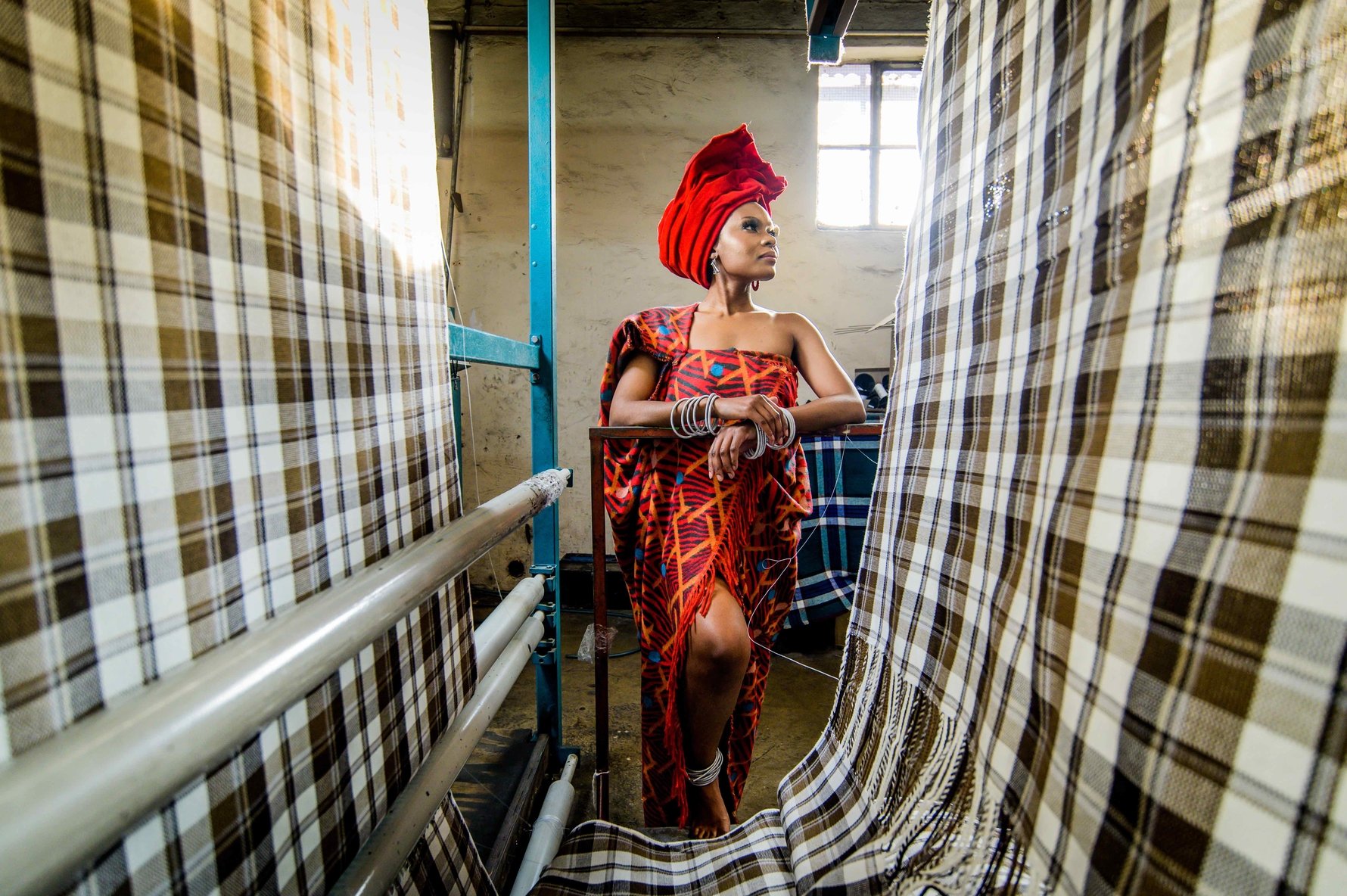
What made you want to become a designer?
I grew up watching a lot of Top Billing and was intrigued by how design can alter and completely change spaces. When I was changing schools – with plans of becoming an accountant – the principal said all the classes were full and they could only accept me if I took design as a subject. So it was fate. I had my design classes in the afternoons twice a week, then applied to study at the Design School of Southern Africa. I completed my BA in Interior Design and Diploma in Interior Decorating.
"What makes someone a Joburger? I think its a culture thing – how they carry themselves, their dress sense and free-spirited perspective."
When did your work as a designer first get recognised and how did that make you feel?
In pattern design, winning the Trenery Print Competition 2020/2021 made people recognise what I do, and that textile design is a career that is multifaceted. In interior design I had just graduated and decided to enter 'WIN A HOME', a reality design show in 2014. I made it to the top 10, where myself and nine upcoming designers had to present our concepts and mood boards for the residential apartments at Steyn City. That was so cool! I just gave it a shot without realising that I'd receive that response.
You were born in Limpopo, a province with a strong artistic tradition. How has that shaped you?
I think things are only starting to make sense now, because of my attachment to pattern design. My first encounter with colour and pattern was at the young age of three years old. My nanny used to wear brightly coloured fabrics tied around her waist or worn as a head-wrap. Some of the fabrics had florals and others geometric shapes, so the importance of shapes and colour in cultural attire was influenced by her, and many other women I'd see on the street and at special occasions.
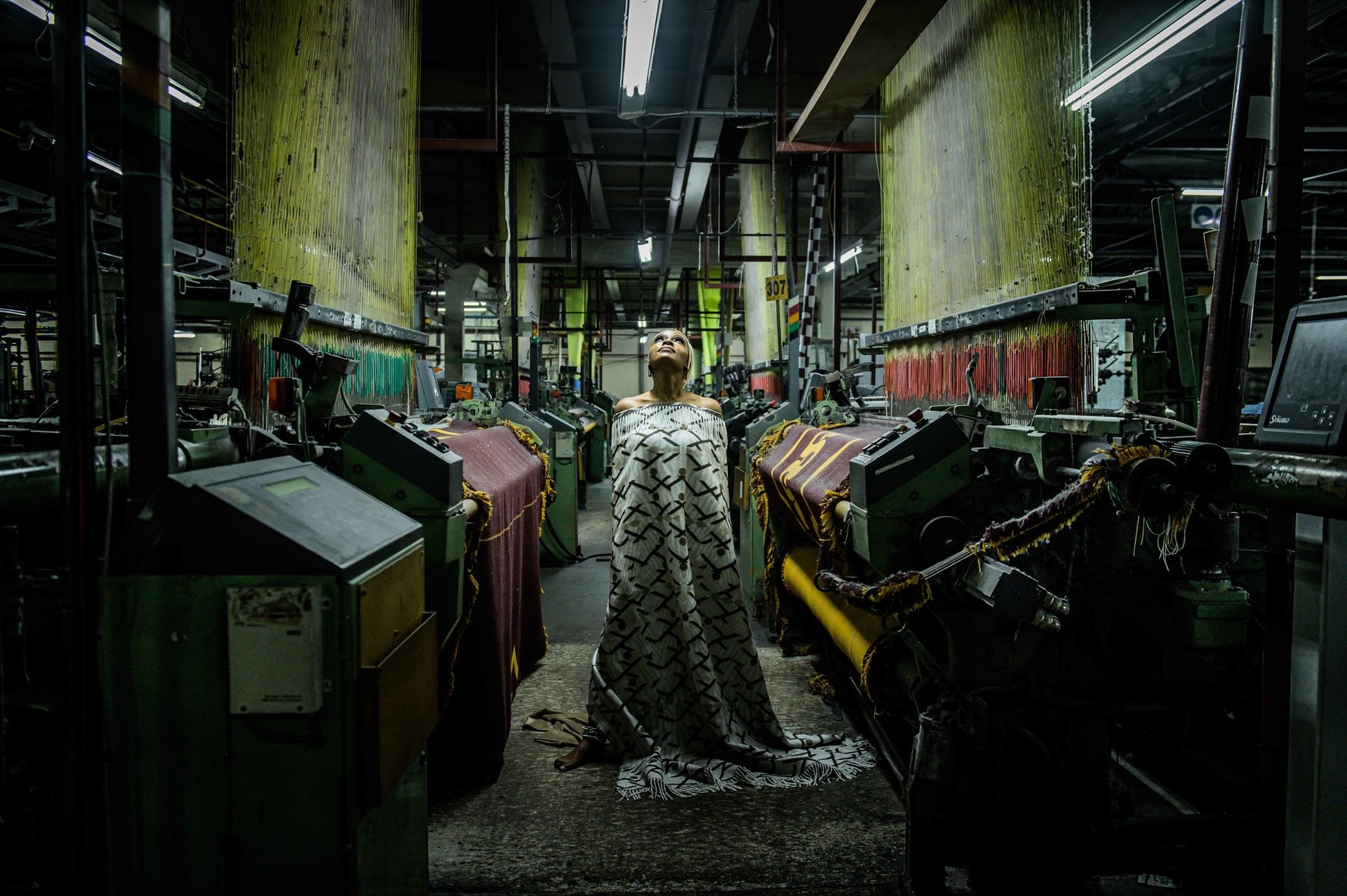
How do you fuse modern and traditional elements in your work?
I use knowledge acquired from history books, documentaries about ancient Africa and conversations with monarchs or elders of tribes. I then translate this information into a visual language of pattern design.
Your favourite projects to work on?
Creating prints for Nando's, Fabrosanz, the V&A Waterfront, the Table Bay Hotel and Kiddies Republic were all an absolute joy because they brought different challenges and applications. For the Momentum Metropolitan project designed by Boogertman + Partners, designed patterns which spoke to their brand story and the applications went from upholstery fabric applied to their seating booths, to occasional chairs, stand-alone seating, and bold rugs. The employees' reactions were epic! They seemed to be so happy.
What drew you to pattern design?
I wanted to create a visual language that could speak of the essence of ancient African culture and traditions without writing a history book. Something that people can touch and see daily. In this way, I get to re-awaken the ancient cultural knowledge on the African continent in the present. I would like to describe myself as "the mouthpiece to the ancient world".
Your latest designs for Aranda Textile's My Africa collection are inspired by the intricate hairstyles of Namibia’s Himba people. Tell us about this?
The women’s unique hairstyle consist of ochre smeared on their long braids, with pieces of goat fur exposed to create bulky tips. This hairstyle symbolises a transition between the various maturity stages experienced by every young woman. It marks the coming of age and then, when tied back, symbolises her readiness to settle down. Once she has been married for one year or had her first child, a decorative headdress known as an Erembe forms her crown. The criss-cross lines are the braided plaits, hairstyles that both men and women wear. Himba girls have two braided plaits worn to the front of their forehead prior to puberty. While the boys and men wear only one braided plait to the back. This effect is translated through a vivid, bold criss-crossing pattern.
What drew you to Namibia as a source of design inspiration?
I was intrigued by the Himba's rich, red appearance, the women's hairstyles and the fact that they are a semi-nomadic desert tribe. I absolutely love the silence of the desert and how the landscape re-shapes itself over time.
Storytelling and fabric design – what is the connection?
I think once you translate a story onto a fabric or any tangible surface, it really comes alive and people feel it and then respond to it. That reaction, coupled with emotional attachment, is what I aim to achieve.
What excites you most about the work you do?
The fact that it is fluid, every project is different and monotony doesn't exist... so it aligns perfectly with my personality and passion.
Your work is inspired by Africa. In what ways?
I draw my inspiration from ancient tribal sounds, textures, patterns, dance, architecture and natural surroundings. These can be applied onto walls as wallpaper, scatter cushions, throws, or rugs to fit into modern spaces.
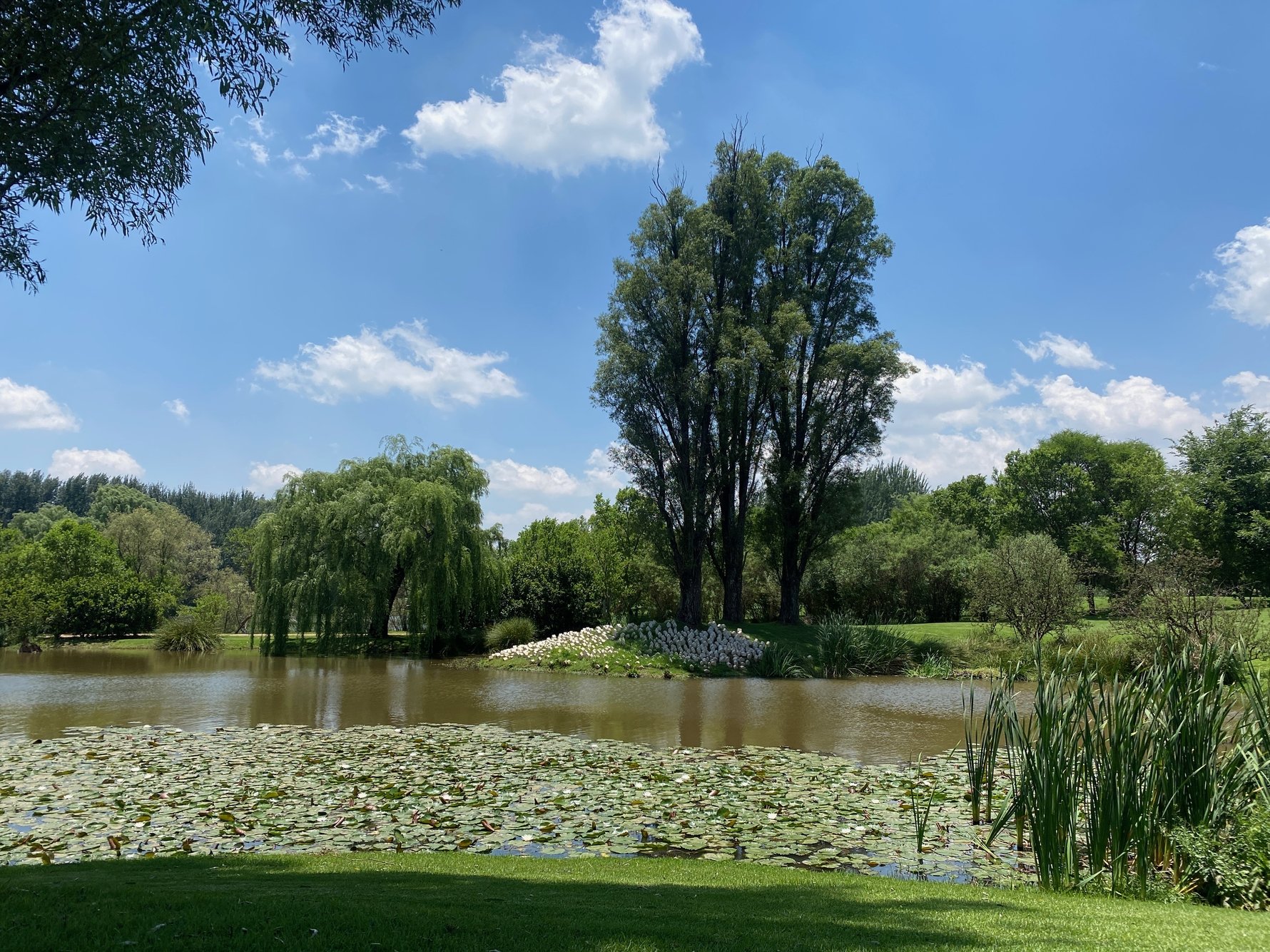
What creative project are you working on currently or planning to start?
I'm working on a collection of 27 framed artworks for the University of Venda. These artworks speak of the heritage, spirit and natural surroundings of Venda.
What’s the one project you dream of completing?
I never leave anything halfway, so I would say a new project with a sportswear brand would be great.
"I think once you translate the story onto a fabric or any tangible surface, it really comes alive and people feel it and then respond to it. That reaction, coupled with emotional attachment, is what I aim to achieve."
What are the most important entrepreneurial lessons you’ve had to learn?
1. That every cent must be accounted for.
2. Always create monthly statements to study your financials and progress.
3. Get the right people to draft contracts that protect you and your brand.
4. Never take on projects with people or brands that could potentially change your brand's DNA or take over completely.
5. Always work towards refining your long-term plan
6. It's okay to say, "NO" something doesn't align with you and your brand.
Home is...
Family, laughter, good food and complete acceptance.
You stay in Pretoria but your work brings you to Joburg frequently. What is your favourite Joburg experience?
The design space here is amazing and people are quite bold in expressing themselves. From the beauty of interacting with other creatives at Design Joburg to the buzz of the Basha Uhuru Creative Uprising at Constitution Hill, or even unexpectedly bumping into musicians at Flame Studios in Braamfontein on a regular day is amazing.
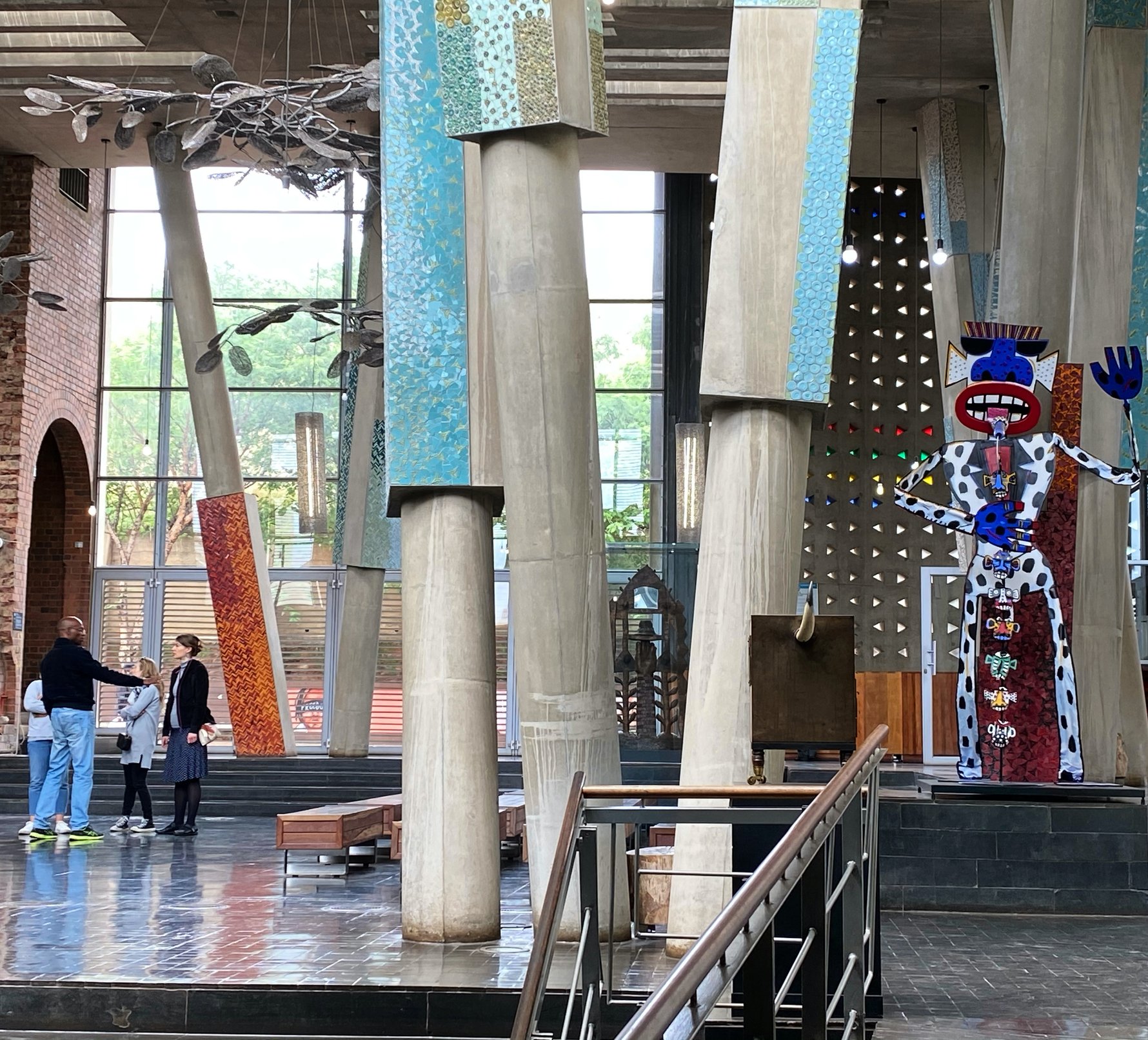
Why should someone take time to visit Pretoria?
Well... we have the Reserve Bank here! Kidding. Pretoria is calmer than Joburg, homely, has its own language. As they say, we are a country unto ourselves! We also have an eclectic food hub located between Menlyn and Waterkloof, known as the The Village, in Hazelwood. It's a great place for coffee, burgers and just about anything. We have culture that keeps growing, especially in music genres like amapiano and bacardi. The inner-city has a vibe too, focusing on fashion and food.
What three things should a visitor not leave Joburg without experiencing?
Flame Studios at Constitution Hill, the Artistry by J'Something restaurant in Sandton, and 45 minutes from Joburg, the Nirox Sculpture Park.
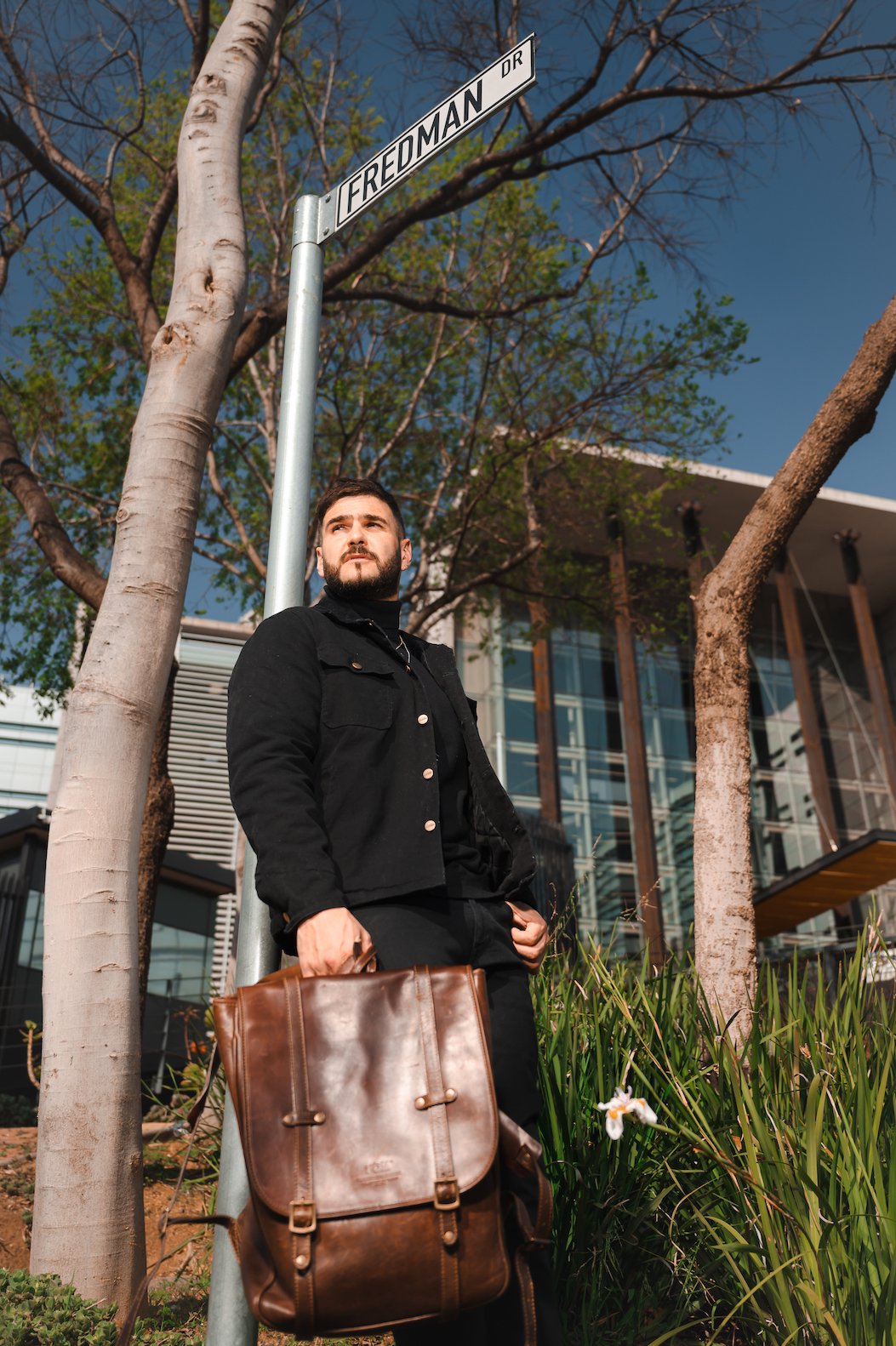
What’s the one thing no one would expect to hear about Joburg?
Not to say all is well, but I think it's home to people from all walks of life and it can accommodate all these different levels of inequality in our society. People here just make it work, even with very limited resources.
Favourite restaurant or cafe, and why?
Artistry owned by J-something of Mi Casa. He fuses a great dining experience on the rooftop, live music and even theatre performances.
The most memorable meal you have eaten in Joburg?
The Big Mouth at Nelson Mandela Square has amazing sushi!
Favourite South African brand, and why?
Nando's. They understand the importance of the South African creative industry and they don't just talk about it, they invest in it.
On a weekend you’ll find me...
Catching up on admin work, RELAXING at home, hiking with my sister or having interesting conversations with friends over a meal outdoors. I do want to explore the hidden gems in Gauteng a bit more, as it seems they are springing up quite a lot, especially ones that offer adventure.
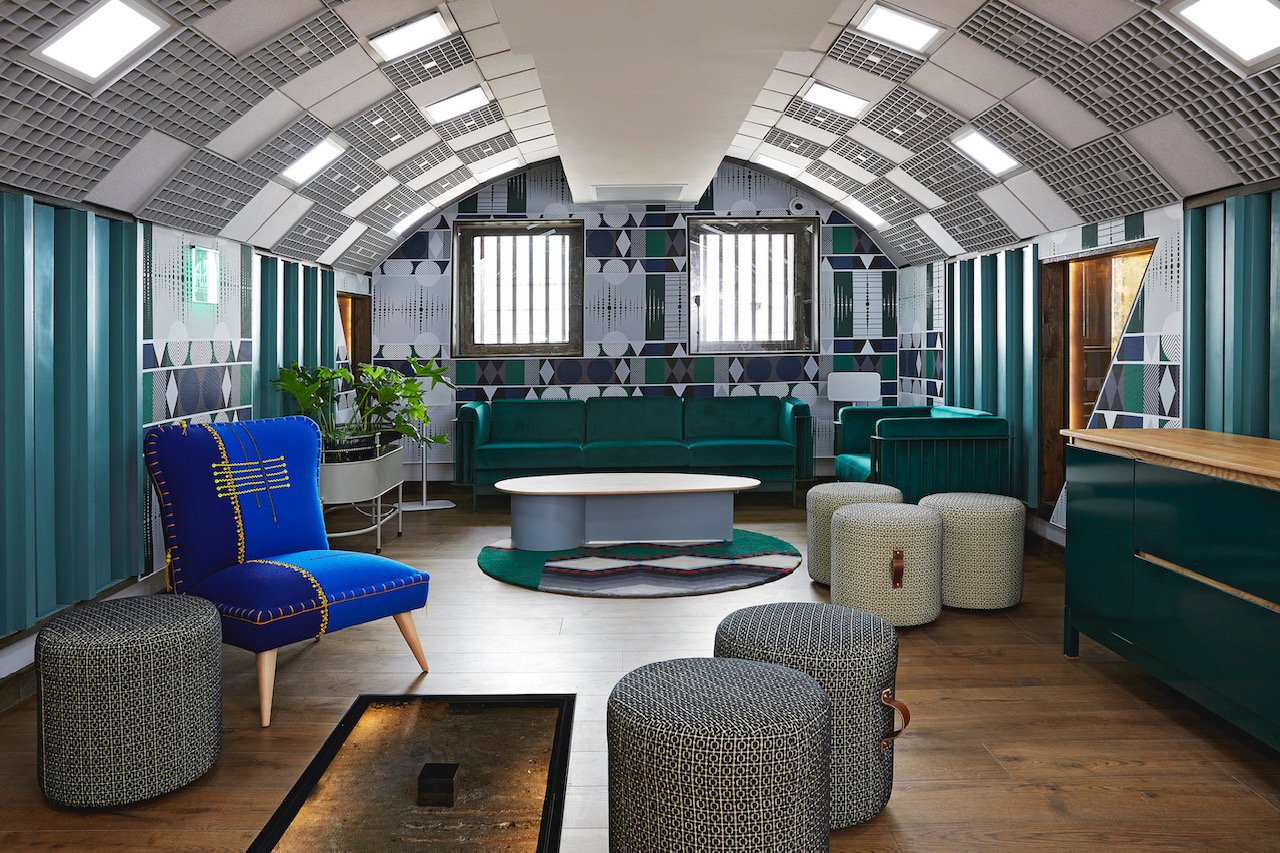
What makes someone a Joburger?
I think its a culture thing – how they carry themselves, their dress sense and free-spirited perspective.
What do you love most about Joburg?
The freedom of creative expression.
What do you least like about Joburg?
Some people tend to look at your status, the 'what you do', rather than who you. It's weird because I'm a person who is drawn to authenticity and I appreciate connections with people who resonate with 'you are enough, just be you'.
Your number-one tip for a first-time visitor to Joburg?
Be open-minded.
What's happening in South Africa’s design world right now that you think everyone should know about?
Designers are moving more towards creating products that people will resonate with, as opposed to products that look too 'pretty' or intimidating to live in your space. In fashion, African-inspired concepts and interpretations are a must.
Three words that describe Joburg?
Vibrant. Fast-paced. Game changer.




Comments